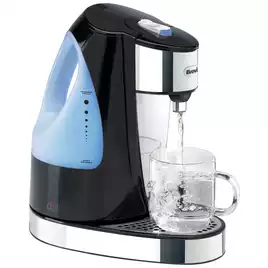Yes of course you are correct, I'm thinking of 'survival' (as someone else described it) rather than full operation.For 'survival', yes, but in terms of 'normal use', although the medium-/long-term average will probably be in that ballpark, the short-term peak load would undoubtedly often be greater than 3kW - after all, that would only take "a kettle plus something else" - and generators are generally not very sympathetic to high peak loads, even if short-lived.
I also doubt whether, in the situation I mentioned, a DNO would use one generator to supply only one household - they'd then need a lot of (noisy!) generators to supply a street of houses!
Kind Regards, John
Last year we had a neutral fail in the distribution which resulted in all sorts of wierd effects down the street we had <100v. As we were in the middle of cooking dinner I got the camping stove in and a leisure battery/inverter to run a table lamp and kitchen TV.
A neighbour knocked on the door to find us sitting eating fairly normally to say power would be off for several hours.
Agreed my 300VA inverter (or for that matter my 650VA 2 stroke Genset) will not run my house by any stretch of the imagination.



